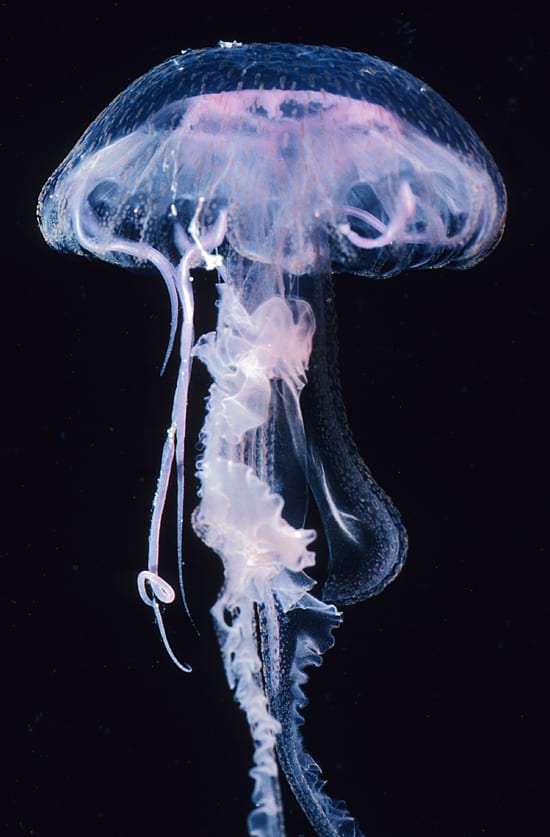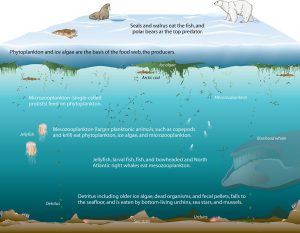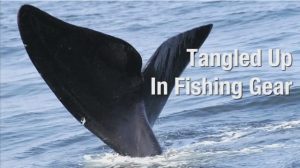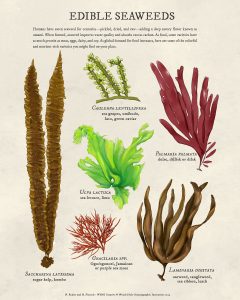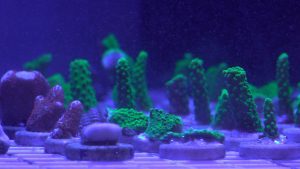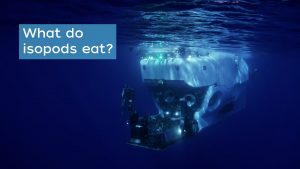Elegant and diaphanous, the jellyfish Pelagia noctiluca is pretty, but packs a punch. These jellies (also called “purple-striped jelly” or “mauve stinger”) produce bright bioluminescent light (noctiluca means “night light”) and feed by catching smaller plankton animals, or zooplankton, on tentacles laden with stinging cells. Common in coastal waters of most oceans, they can cause problems for humans—swarms of thousands of Pelagia plagued Mediterranean beaches in summer 2008, causing painful stings to swimmers.
(Photo by Laurence Madin, Woods Hole Oceanographic Institution)
Image and Visual Licensing
WHOI copyright digital assets (stills and video) on this website can be licensed for non-commercial use upon request and approval. Please submit your request via our Media Request Form.
For assistance or accessibility accommodations, call (508) 289-2647.
